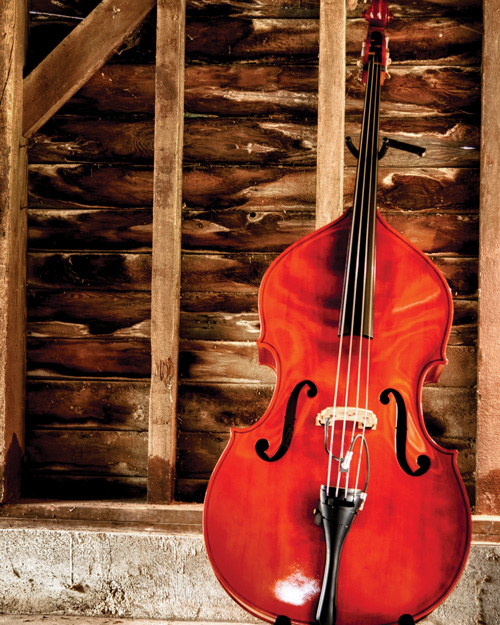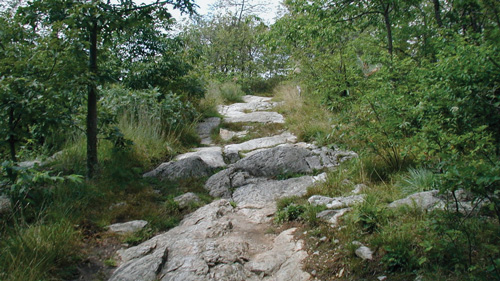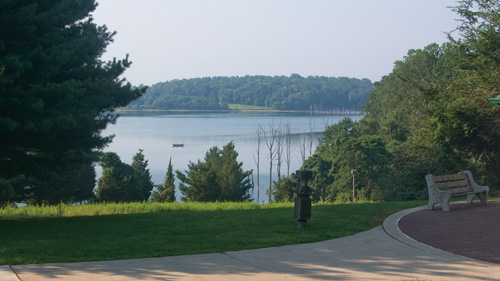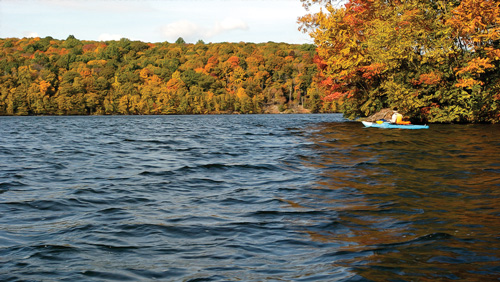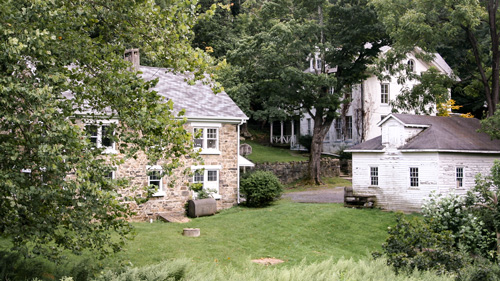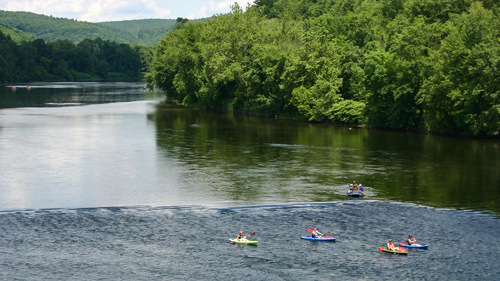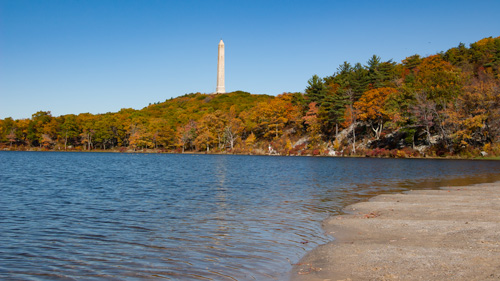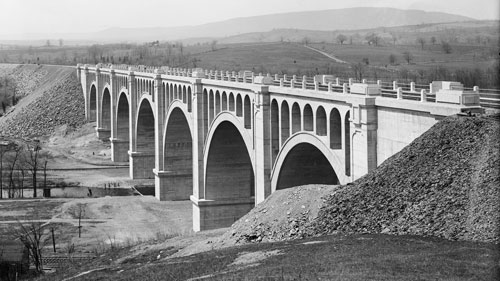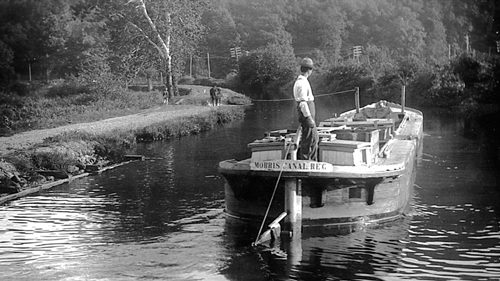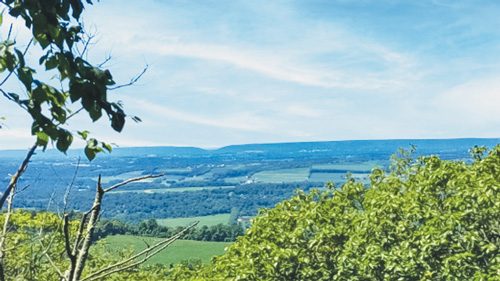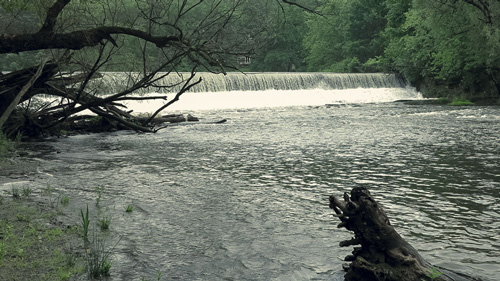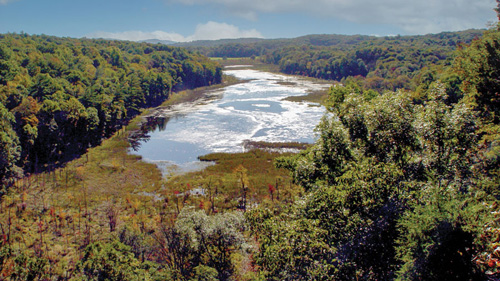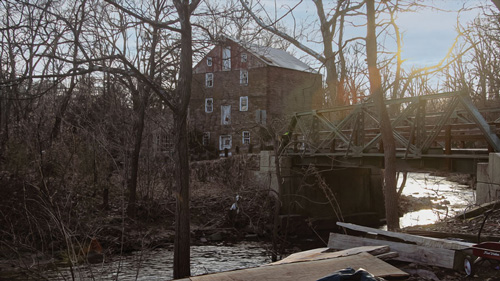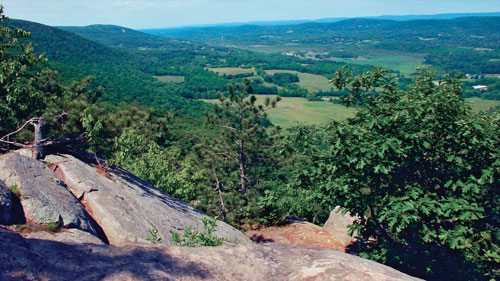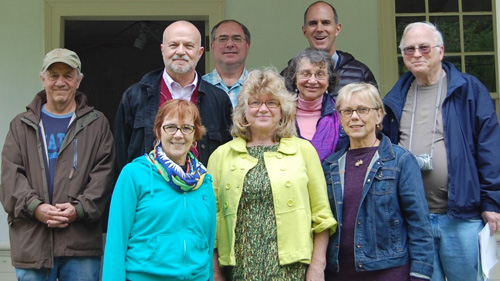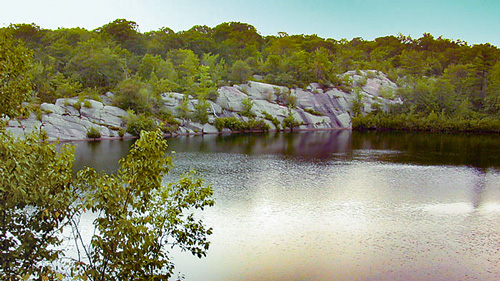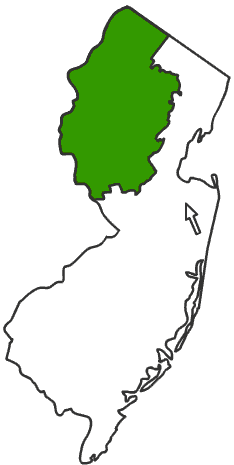
The Personality of Northwest New Jersey Skylands
“Skylands” is simply a perspective; a way of looking at and appreciating Northwestern New Jersey. “Thinking Skylands” endeavors to meld those characteristics shared by the constituent counties, towns, ridges, valleys, country roads and sections of interstate into a comprehensive portrait; one more attentive to geographic, cultural, and historical attributes than county and municipal borders. Explore the remarkable personality of this place!
Officially, the Skylands Region refers to Northwest New Jersey and includes the counties of Morris, Somerset, Hunterdon, Warren, and Sussex. Destinations just beyond those borders, in neighboring counties and states (Pennsylvania and New York), are equally intriguing and convenient, so don't be confused if you come across some of those here.
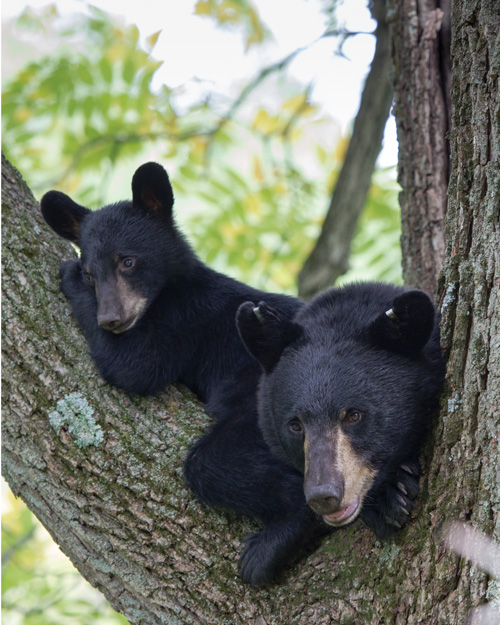
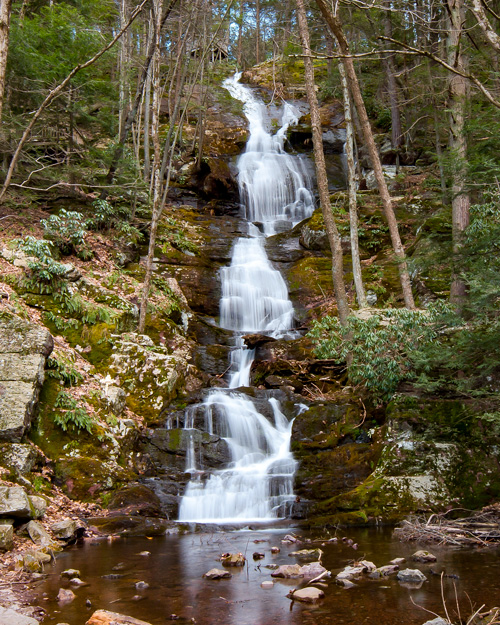 The region's rustic nature is perfectly complemented by many vigorous towns and villages that offer
The region's rustic nature is perfectly complemented by many vigorous towns and villages that offer 